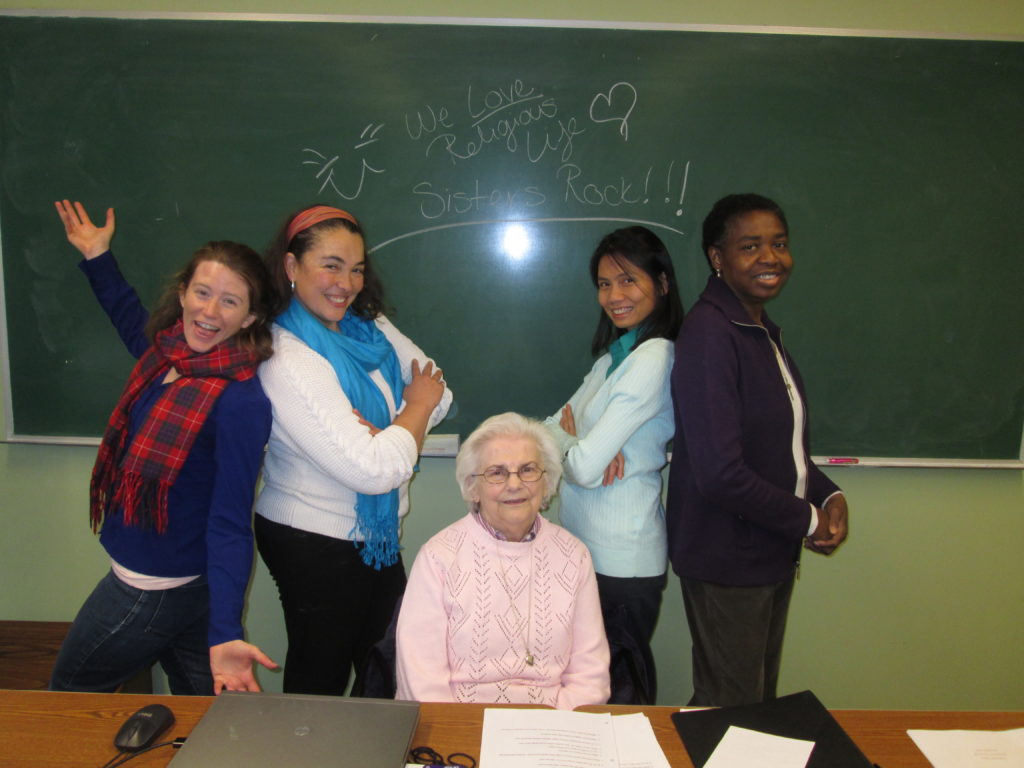By Sister Regina Siegfried, ASC
I have been studying Catholic Sisters since I began teaching in the late 1980s at Aquinas Institute of Theology in St. Louis.
I started teaching the theology of the vows that Sisters, or women religious, make as they progress through their formation. I realized my students needed a companion class on the history of religious life in the United States to provide the context and background for that theology.
My students didn’t understand the history of the role of women religious in the broader Church. Initially, I scrambled to find suitable articles because no text was yet available.

Today, we have many good writings, including Maggie McGuinness’ recent “Called to Serve.”
I present material chronologically, explaining how religious life developed and evolved up to the present.
My students are fascinated with the pioneer spirit of 19th-century congregations, but they are sobered and aghast to learn that early communities of Sisters owned and sold slaves. (Note: They were not unique in this. Google Jesuits-Slavery-Georgetown University.)
I also teach a class about communities of African American Sisters, whose history needs much more highlighting.
It’s a great history for my students – most of them novices and many from countries other than the U.S. They are a wonderful group to teach: inquisitive, serious and fun.
I encourage them to get to know their community archivist and I instruct them on how to uncover their community’s history and discover the secrets of its future.
Their presentations on congregational history show their pride, ownership, and loyalty. PowerPoint, video clips, music, and even period costumes enliven that class.
I continue to teach because I love the subject matter and enjoy watching how the students grow in appreciation of religious life as the semester progresses.
Not only their own, but the charism, history, and ministries of other congregations.
The aging and diminishment of congregations don’t lessen their hope for the future of religious life. Newer members are passionately devoted to their congregations, love their community members, and appreciate the value of formation programs shared by two or more congregations.
More seasoned sisters can serve as mentors who help ground newer members in our traditions, charisms, and histories.
We form bridges linking the past and present and future, connecting what has been, what is, and what will be.
Our newer members lead the way to a new growth. They fearlessly step where some might hesitate.
None of us knows the future, but newer members are willing to lead us to new possibilities and adventures.
For that reason, they must know the history, the texts and contexts of our congregations.